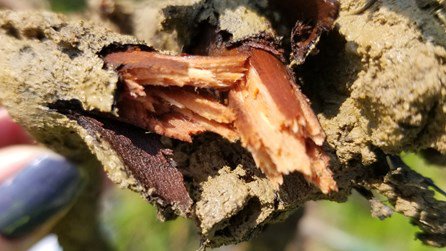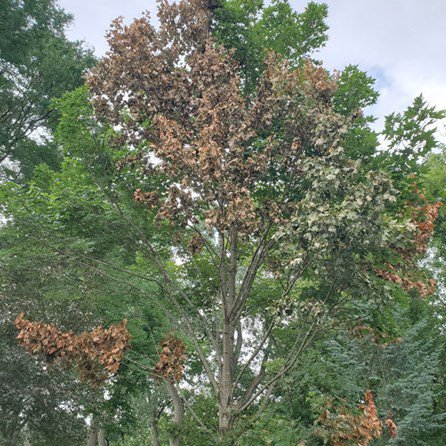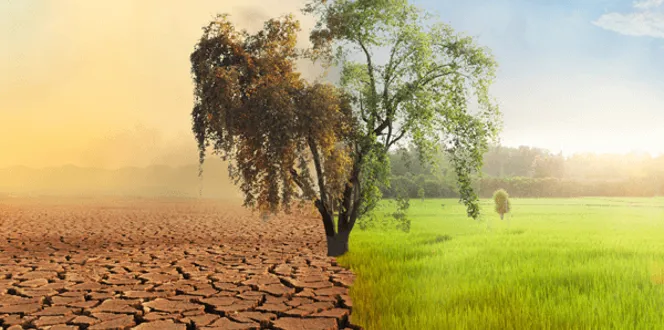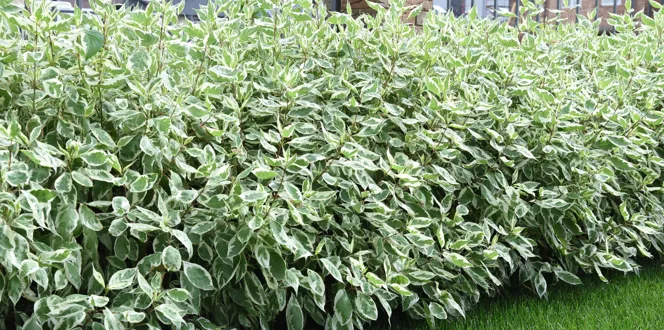Losing a tree in your yard is not always easy. Sometimes it’s a tree you loved or one that brought you great shade or wonderful spring color. Maybe the tree was diseased or declining.
But once the tree is removed, you may start to long for something to replace it. But can you plant a new tree where one died?
While planting a new tree is certainly a great idea, the location depends on quite a few factors. Let’s discuss where not to plant a tree when you’re thinking about replacing a tree you lost.
Fungal Diseases To Be Aware Of
Some fungal diseases live in the soil and can invade susceptible plants through their roots.
What Is Phytophthora Root Rot?

Phytophthora is a soil-borne pathogen with spores that can move short distances through flooding. The movement of infested plant material can also contribute to this pathogen’s spread.
Symptoms appear as stem and crown rot, root rot, stunting, wilting, and yellowing.
What Is Verticillium Wilt?

Symptoms appear as sudden wilting and dying of leaves on individual branches in summer.
Pruning away infected branches can reduce the symptoms of the disease. There is no direct management for this disease so soil care like mulching and proper watering may help trees with drought related stress. Best to replant with non-susceptible species.
Why A New Planting Site Is Better
First of all, you need to remove dead trees completely from your yard. This includes the stump and the roots as much as possible. You never want to plant a new tree over a ground out stump or near lots of old roots or you risk not giving your tree enough room to grow.
The reason for this is that the sawdust from stump grinding can change your soil’s composition and nutrition, which can negatively impact your new tree. The nutrients in that old planting site may also just be depleted from giving it all to your previous tree.
On top of this, if you removed your old tree as a result of disease, that pathogen might still be lingering in the soil.
The better option would be to plant a new tree 6 to 8 feet away from your old tree stump or location to give it the best chance of tree planting success.





